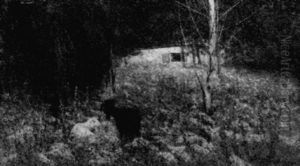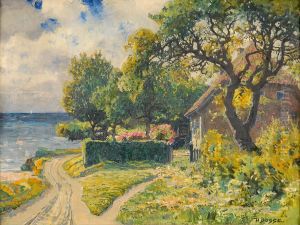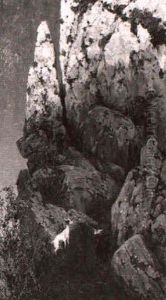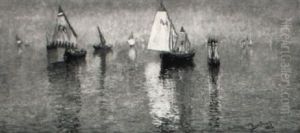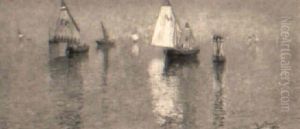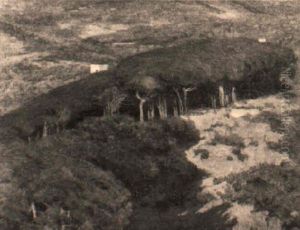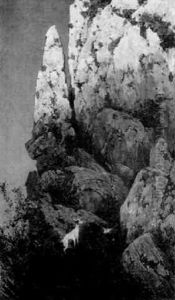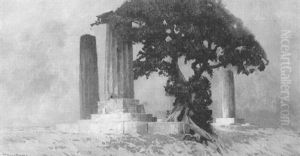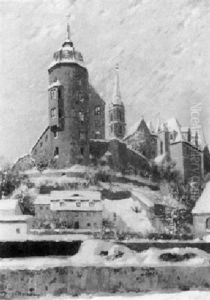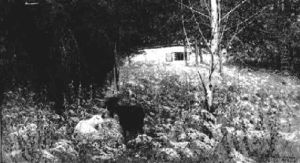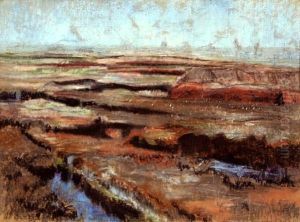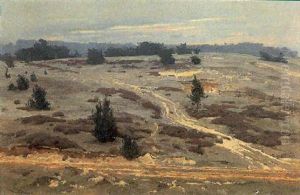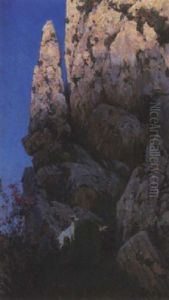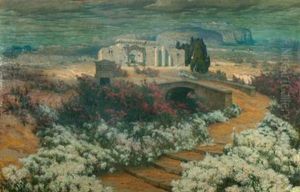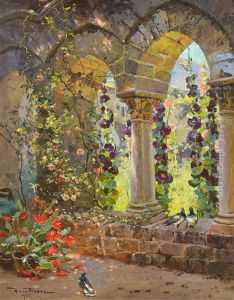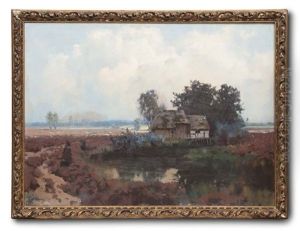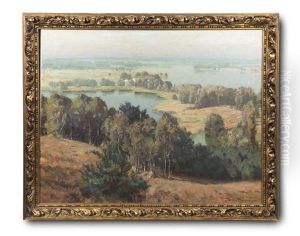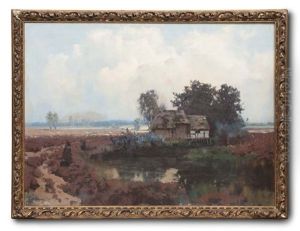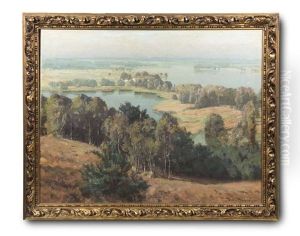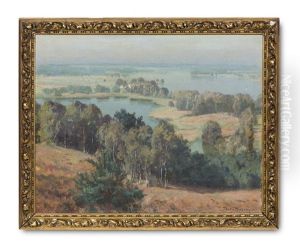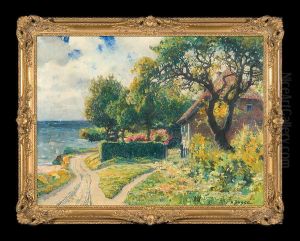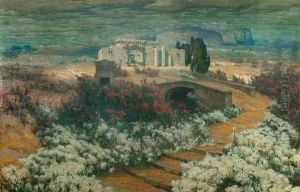Hans Busse Paintings
Hans Busse was a German architect, urban planner, and painter, known for his contributions to the development of modern architecture in Germany during the first half of the 20th century. Born in 1891 in Halberstadt, Germany, Busse's early life coincided with a period of significant change and innovation in the arts and architecture, influenced by movements such as Art Nouveau and later the Bauhaus.
Busse studied architecture at the Technical University of Munich and later at the Technical University of Berlin. His educational background provided him with a solid foundation in both the technical aspects of architecture and the aesthetic principles that would inform his later work.
During his career, Busse was involved in a variety of projects, ranging from residential buildings to urban planning schemes. His style evolved over time, reflecting the shifting trends in architecture, from more traditional forms to the modernist aesthetics that emphasized functionality, simplicity, and the use of new materials and construction techniques.
In addition to his architectural work, Busse was also a talented painter. His artwork often depicted architectural subjects, and he was proficient in using color and composition to capture the essence of the structures he designed or admired. His paintings added an extra dimension to his understanding of space and form, and they offer valuable insights into his creative vision.
Despite his contributions to the field, Hans Busse remains a less well-known figure compared to his contemporaries. The interwar period and the rise of the Nazi regime in Germany had a profound impact on the careers of many architects and artists, including Busse. Some of his works may have been lost or destroyed during World War II, and the political climate of the time likely affected the reception and preservation of his legacy.
Hans Busse passed away in 1972, leaving behind a body of work that, while not as widely recognized as that of some of his peers, demonstrates his skill and dedication to the principles of modern architecture. His works continue to be studied by those with an interest in the development of modernist architecture in Germany and the broader European context.
